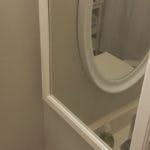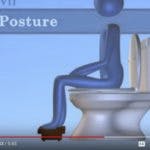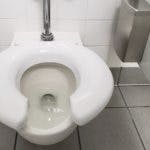Incontinence, or the inability to keep pee (urine) and poop (stool) inside the body to stay clean and dry throughout the day and night, can happen because of a number of different reasons. A child may have decreased or abnormal sensory processing, have behavioral changes that affect toileting habits, have a weak or tight pelvic floor, or most commonly, may have some degree of constipation. Because the rectum (where the poop is stored before it comes out) and the bladder (where urine is stored) are so close to each other, they can affect each other if one of them is too full.
If the rectum is so full of poop (think of an expanding balloon) and presses on the neighboring bladder, urine can be forcefully pushed out of the bladder if a person moves a specific way, or if the amount of poop in the rectum is so much that it forces urine to escape.
Poop leaks (fecal incontinence) happen when there is so much harder, older stool in the rectum, that when new softer stool moves into the rectum, it can bypass the older lumpy stool, and leak out without a person being aware of this!
Urinary and stool incontinence can appear as many different things. Incontinence can occur during the day or at night, be small or large in volume, the child may or may not be aware that the leak occurred, or the leak may be purposeful.
Pelvic floor physical therapy will help to identify the contributing factors of your child's incontinence and address those factors. Physical therapists who specialize in pediatrics and in the pelvic floor have the ability to identify if incontinence is from a sensory, behavioral, habitual, or physiological reason, and will work with you and your child to improve the incontinence.
Blog Articles



